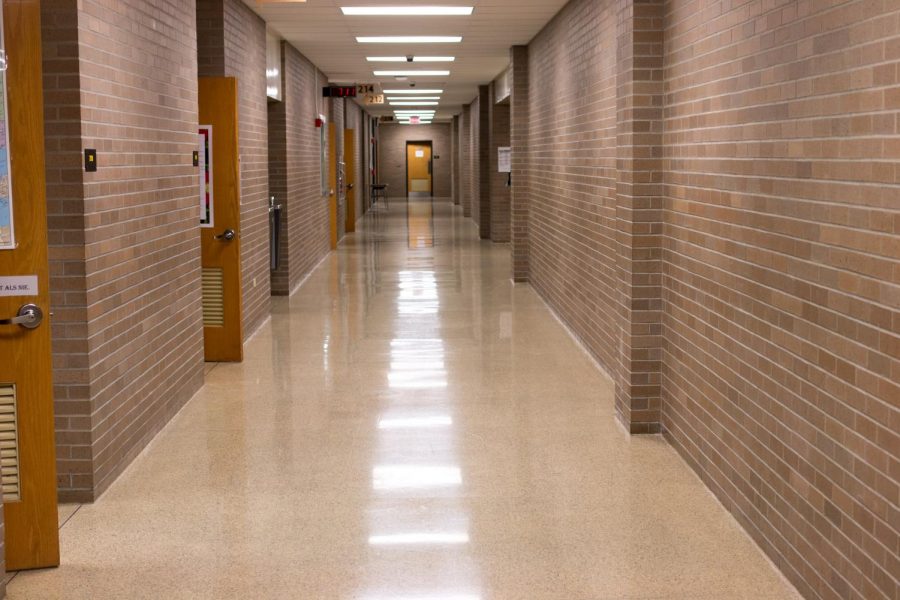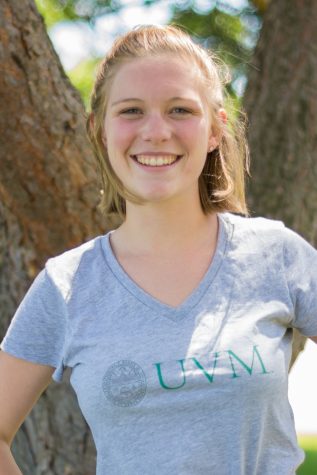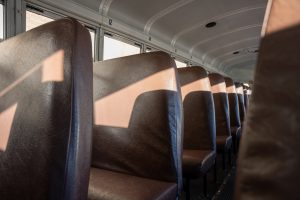Safety, School Policy, and the Student View
Security goals prompt administrative emphasis on policies
An odd sight for seniors who were accustomed to NASH last year, the pre-7:20 halls on the second and third floors are now emptier.
September 5, 2018
With the beginning of a new school year comes new students, classes, and, especially this year, policies. On Monday, August 27th, Principals Dr. Kreider, Mrs. McEwen, and Mr. McGahee held an assembly for all the students to discuss the rules and regulations of NASH. Three topics in particular have since been the subject of much student conversation: the 7:20 bell, the “No Hoods” policy, and the dress code.
“We’ve always had that policy in place and a lot of our new policies — everything we put into place — aligns with safety in the aspect of making sure our building is secure,” NASH Principal Dr. John Kreider said. “We always like to make sure that we have students in areas that are well supervised. If there is an emergency or an issue we want to make sure somebody is there to assist.”
However, not all students see it his way. Many students, including senior Samantha Marien, have relied on “Period 0,” shorthand for the time in the morning before first period when students can go upstairs to visit their teachers for extra help.
“Not being allowed to go upstairs before first period is in no way beneficial to my peers and me,” Marien said. “Basically, I passed Honors Pre-Calc last year by coming in extra early to get extra help. I come in early to talk with my teachers about grades and how I can do better. By not being able to go up early, I’m prohibited from receiving help from a teacher during a convenient time.”
However, many students are taking advantage of electronic passes in order to secure permission to visit with teachers before instructional time begins. The NASH administration reports that Period 0 is well attended this year.
In addition to the 7:20 restriction, the principals discussed the “No Hoods” policy and why it is necessary for the building. Intended to ensure no one from outside NASH has entered the building, the new policy prohibits any student from wearing a hood over their head during the school day.
“We have over a hundred cameras in the building that are able to surveillance the building and follow up on issues,” Kreider explained. “One thing we’ve recognized is when individuals are wearing hoodies, we have no idea who that person is. In order to keep us safe and secure, we want to know who’s in our building,”
Senior Lexi McClure also finds this policy beneficial for the students of NASH.
“If someone steals something or does something that they’re not supposed to, it’s much easier to identify the person without a hood on,” McClure said. “For safety reasons, I definitely see it as beneficial.”
The dress code for students at NASH has also caused some heated talk in the halls. Since the first day of school, the principals have placed emphasis on the dress code and how students should dress.
“The main thing we’re looking for is individuals to recognize that they are treating themselves with respect,” Kreider added, “and the way they dress broadcasts out to other people.”
The student body’s reaction to the administration’s approach has been divided.
“I think that, as long as there is a distinct line between freedom of dress and being respectful, the dress code is okay,” senior Mary Evankovich said. “We are at school and with teachers — we’re here to learn. We’re not here to show our newest outfit that we could wear to a concert.”
Yet Samantha Marien disagreed.
“It’s not about being disrespectful,” Marien said. “It’s about expressing yourself. It’s the same thing as art. Artists don’t paint naked bodies because they want to expose that aspect — it’s because they think the human body beautiful. They show the beauty and the authenticity. It’s authentic and real. When you dress yourself, it’s your style. Nobody can comment on it. It’s who you are.”
As the administration has emphasized, all of these enforced policies are intended to make the building safer. According to the principals, a distraction-free and more secure school will boost student success.
“Without safety, we don’t have clubs, activities, or classroom instruction,” Kreider said. “There’s a huge link between students feeling safe and students feeling like they’re able to access the curriculum in order to learn. We have to create that safe environment and make sure kids feel comfortable, welcome, and connected to the school. There’s nothing better than feeling safe in your school building.”














Alexis • Sep 7, 2018 at 6:52 am
Great article! I think it’s a little over protective to assume everyone with a hood up is an intruder. I guess I’ll just have to find another way to hide my ‘anxiety face’ during finals week. Regardless, you did a really good job on this article Val!